Filter by
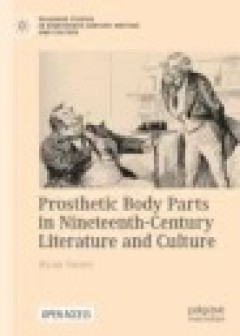
Prosthetic Body Parts in Nineteenth-Century Literature and Culture
This open access book investigates imaginaries of artificial limbs, eyes, hair, and teeth in British and American literary and cultural sources from the nineteenth and early twentieth century. Prosthetic Body Parts in Nineteenth-Century Literature and Culture shows how depictions of prostheses complicated the contemporary bodily status quo, which increasingly demanded an appearance of physical …
- Edition
- -
- ISBN/ISSN
- 9783030785895
- Collation
- xv, 283p. : ill.
- Series Title
- -
- Call Number
- 810.93561 SWE p
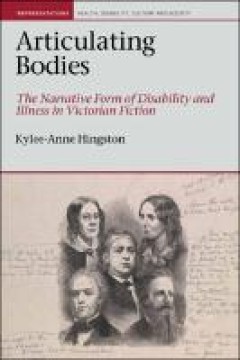
Articulating bodies : the narrative form of disability and illness in victori…
Articulating Bodies investigates the contemporaneous developments of Victorian fiction and disability’s medicalization by focusing on the intersection between narrative form and body. The book examines texts from across the century, from Frederic Shoberl’s 1833 English translation of Victor Hugo’s Notre-Dame de Paris to Arthur Conan Doyle’s Sherlock Holmes story “The Adventure of the …
- Edition
- -
- ISBN/ISSN
- 9781789624953
- Collation
- ix. ;232 p.
- Series Title
- -
- Call Number
- 823.8093561. KYL a

Academic ableism: Disability and Higher Education
Academic Ableism brings together disability studies and institutional critique to recognize the ways that disability is composed in and by higher education, and rewrites the spaces, times, and economies of disability in higher education to place disability front and center. For too long, argues Jay Timothy Dolmage, disability has been constructed as the antithesis of higher education, often pos…
- Edition
- -
- ISBN/ISSN
- 9780472123414
- Collation
- x, 244p.: ill.
- Series Title
- -
- Call Number
- 378.0087 DOL a
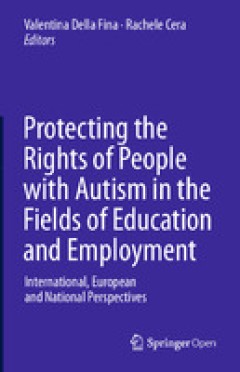
Protecting the rights of people with autism in the fields of education and em…
European Law; Human Rights; International and Comparative Education; Private International Law, International & Foreign Law, Comparative Law; Law and Psychology
- Edition
- -
- ISBN/ISSN
- 9783319137919
- Collation
- IX, 197 p.
- Series Title
- -
- Call Number
- 346.40138 DEL p
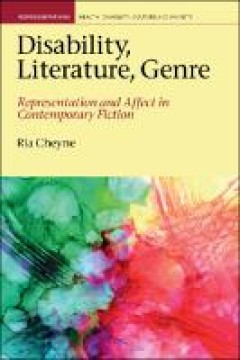
Disability, literature, genre: representation and affect in contemporary fiction
Examining the intersection of disability and genre in popular works of horror, crime, science fiction, fantasy, and romance published since the late 1960s, Disability, Literature, Genre is a major contribution to both cultural disability studies and genre fiction studies. Drawing on recent work on affect and emotion, the book explores how disability makes us feel, and how those feelings shape i…
- Edition
- -
- ISBN/ISSN
- 9781789624892
- Collation
- x, 202p.: ; 24 cm.
- Series Title
- Representations (Liverpool, England)
- Call Number
- 809.9335610904 CHE d
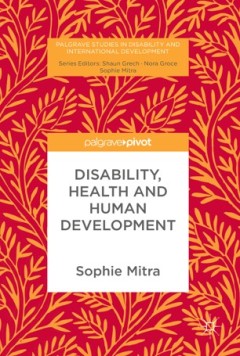
Disability, health and human development
This open access book introduces the human development model to define disability and map its links with health and wellbeing, based on Sen’s capability approach. The author uses panel survey data with internationally comparable questions on disability for Ethiopia, Malawi, Tanzania and Uganda. It presents evidence on the prevalence of disability and its strong and consistent association with…
- Edition
- -
- ISBN/ISSN
- 9781137536389
- Collation
- xxi, 177p. : ill.
- Series Title
- -
- Call Number
- 362.4091724 MIT d
 Computer Science, Information & General Works
Computer Science, Information & General Works  Philosophy & Psychology
Philosophy & Psychology  Religion
Religion  Social Sciences
Social Sciences  Language
Language  Pure Science
Pure Science  Applied Sciences
Applied Sciences  Art & Recreation
Art & Recreation  Literature
Literature  History & Geography
History & Geography